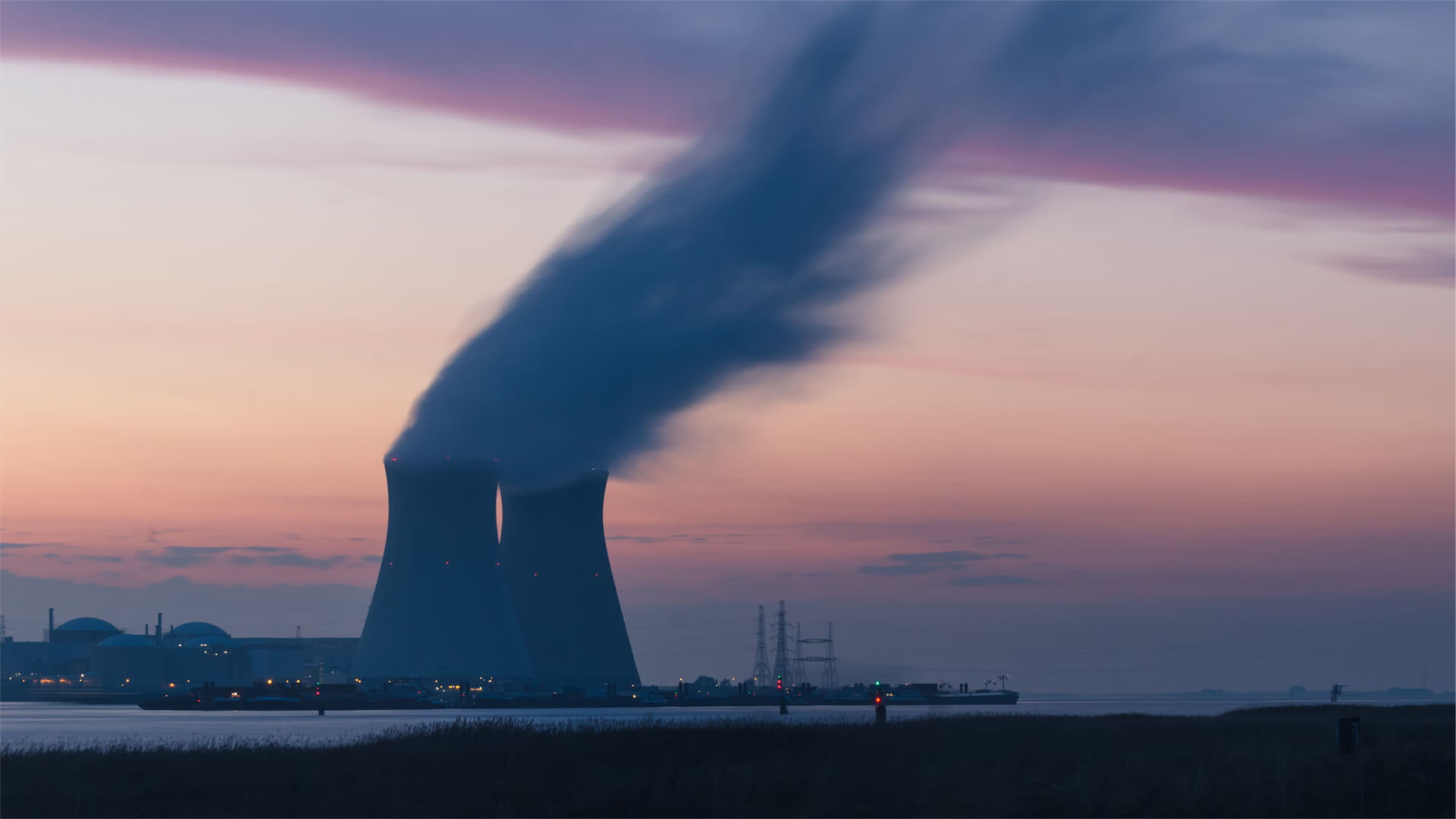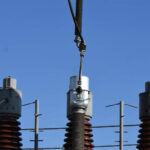Before we dive into today’s video, if you think back to August of last year…I sent out a video covering a few of these technologies and the limits of innovation. Here’s a link if you want a refresher:
Nuclear power has a bad reputation, and I get it…Chernobyl, nuclear waste, and outdated infrastructure. Buttt, it’s a reliable, carbon-free energy source that might be getting a much needed facelift soon-ish.
Companies like Google and Amazon are realizing their energy needs are growing, so they are investing in small modular reactors (SMRs) to help meet demands. There’s plenty of work to be done before these SMRs are operational, but funding from these tech powerhouses is critical for R&D.
While the small modular reactors won’t solve all of the nuclear issues, they are step in the right direction to changing the public’s opinion about nuclear power. And if this all works out, SMRs could even help solve the energy crisis the US is heading towards.
Here at Zeihan on Geopolitics, our chosen charity partner is MedShare. They provide emergency medical services to communities in need, with a very heavy emphasis on locations facing acute crises. Medshare operates right in the thick of it, so we can be sure that every cent of our donation is not simply going directly to where help is needed most, but our donations serve as a force multiplier for a system already in existence.
If you sign up for our Patreon page in the month of October, the proceeds from your subscription for the remainder of 2024 will be donated directly to MedShare. So, you can get our all of the perks of joining the Patreon AND support a good cause while you’re doing it.
We encourage you to sign up for the Patreon page at the link below.
Transcript
Hey, everybody. Peter Zeihan here, coming to you from the Burbank airport just outside of Hollywood.
Today, we’re going to take up the second of our tech modification series, if that’s the right word, specifically talking about nuclear power.
Now, nuclear power is something I’m generally in favor of because it is carbon-free, reliable, and the supply chain is typically within the United States. These are all good things. But there’s also a mechanical issue: public support for it is low. The Russians have been agitating; they can’t stand the idea of nuclear power on a global basis, as it competes with their hydrocarbon exports, even though they use nuclear power themselves quite a bit. Then there’s always the waste disposition issue, which the United States hasn’t really solved. When you’re done using nuclear fuel, you’re left with nuclear waste that you either have to process—requiring a plutonium supply chain in the civilian sector, which is risky from a proliferation perspective—or store somewhere, which results in accumulating waste. The United States has yet to build a large-scale repository to handle all this material, so it tends to be stored on-site. This means that the dozens of nuclear facilities around the country have cooling ponds containing tons of fissile waste material. Other countries have solved these problems, but the U.S. requires a regulatory overhaul, likely several acts of Congress, and would need years to build out the manufacturing system to produce more than one plant, considering we may need dozens.
What has changed, making me more optimistic about the sector, is that big tech is now entering the nuclear business. Big tech companies are building more data centers, and demand for electricity is skyrocketing, especially in locations like Virginia, where about half of the country’s data centers are located. Companies like Microsoft are choosing data centers near nuclear power facilities. Google and Amazon are sponsoring startups to build something called small modular reactors (SMRs), which are portable, can be placed on trucks, and potentially connected to existing grid infrastructure, like old coal plants, or directly power data centers.
There are still regulatory hurdles, and I don’t mean to suggest this will happen overnight, but the fact that Amazon and Google are willing to commit financially to these future reactors is a major boost for companies working on SMR research and prototyping. While we don’t yet have a prototype of a small modular reactor, this kind of investment could push the research forward. I don’t want to over-promise, but this might be the beginning of a more resilient, localized nuclear power infrastructure.
We also have aging nuclear plants to consider. With one exception, all operating nuclear power plants in the country are over 50 years old and have had their lives extended due to their significance to the grid. However, we’re nearing the technical limits of how long these plants can operate, and they will need to be replaced as the United States’ industrial capacity expands, increasing demand for electricity.
Incorporating small modular reactors into the power solution makes sense since they can provide consistent baseload power, unlike solar, which doesn’t work at night. So, this shift in the investment landscape is very encouraging.
The other side of the equation is utility companies, which are regulated monopolies with a different risk tolerance and investment timeline. They may be interested in how new nuclear technology could integrate into their existing systems, especially given the retirement of old facilities. Existing connections to the grid could simplify the process, allowing new reactors to be easily integrated.
Okay, that’s it for me. Take care.







